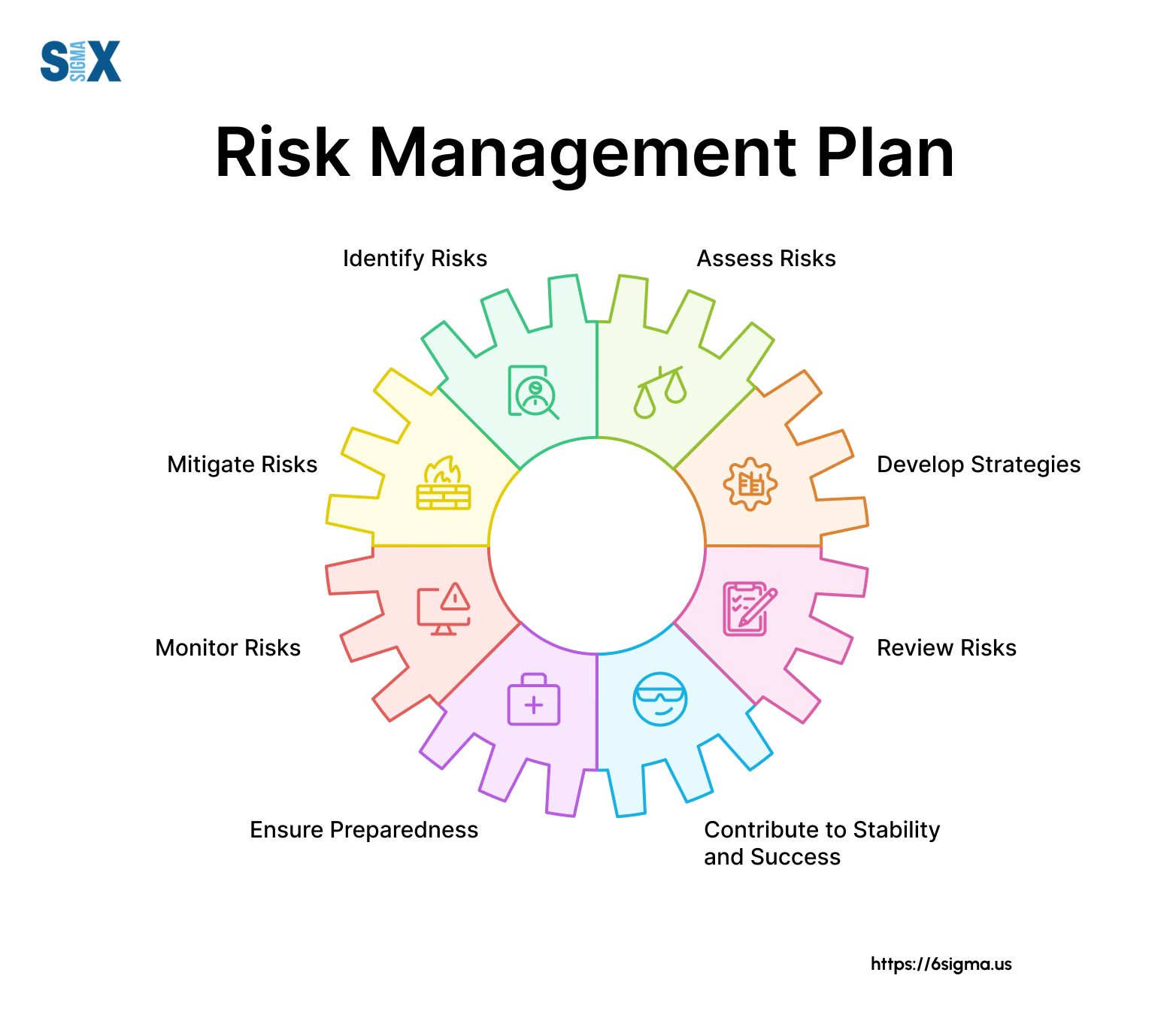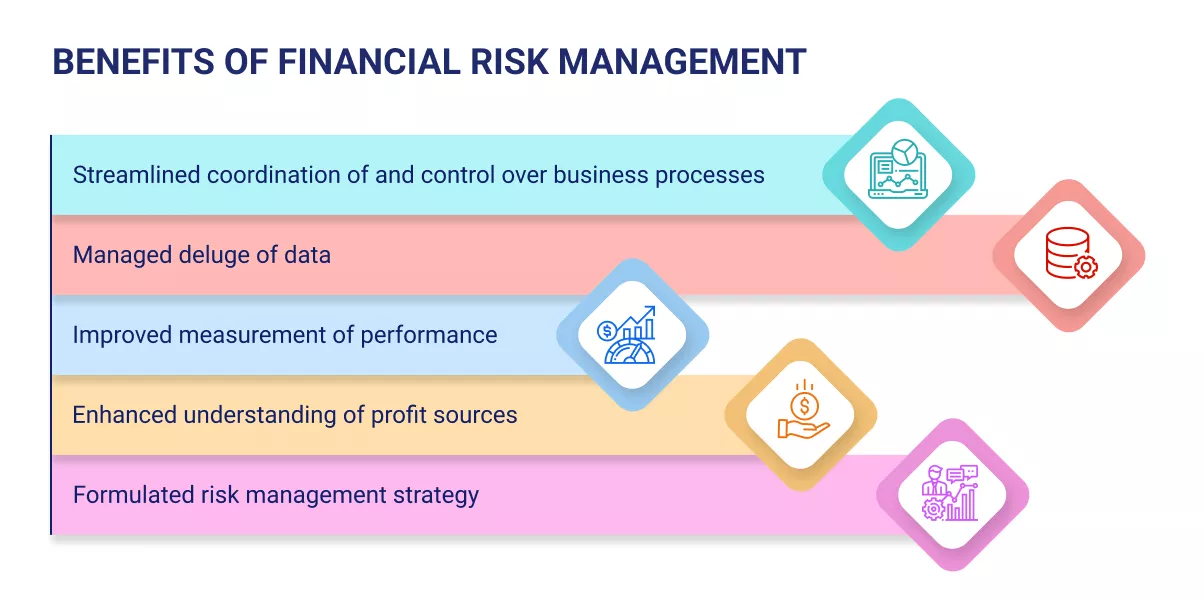How the Importance of Risk Management Shapes Effective Leadership
How the Importance of Risk Management Shapes Effective Leadership
Blog Article
Why the Importance of Risk Management Can not Be Ignored in Today's Economic situation
In today's swiftly progressing financial landscape, the duty of Risk Management has come to be pivotal. The raising volatility of markets, paired with rising unpredictabilities, demands a durable system to determine and alleviate possible hazards. Failing to do so can cause serious financial and reputational repercussions, not just for individual organizations, but likewise for the broader economic climate. This raises a crucial concern: can the significance of Risk Management in making sure stability and sustainability be overlooked? The adhering to discussion intends to explore this in higher deepness.
Recognizing the Concept of Risk Management

The Role of Risk Management in Today's Economy
Having actually understood the principle of Risk Management, we can now discover its duty in today's economy. Risk Management acts as a vital tool for governments and businesses, permitting them to browse functional and economic unpredictabilities. Successful Risk Management can assist companies prepare for prospective threats, allowing them to make enlightened decisions and act proactively as opposed to reactively. Additionally, it assists in the allowance of sources, guaranteeing that possible losses are decreased while chances for growth are optimized. In the context of an unpredictable economic landscape noted by rapid global events and technical changes, Risk Management comes to be a vital calculated part, contributing to the stability, sustainability, and total resilience of economic climates on both a macro and micro scale.
The Influence of Overlooking Risk Management
Ignoring Risk Management can lead to dire consequences for any organization or economic situation. When possible dangers are not determined, assessed, and minimized, companies subject themselves to unanticipated and frequently considerable damages. These could manifest as financial losses, reputational damage, operational interruptions, and even legal problems. In addition, in today's unsteady economic climate, an unforeseen dilemma can rapidly escalate, leaving an ill-prepared company clambering for survival. The international economic dilemma of 2008 functions as a plain reminder of the tragic impact that ignoring Risk Management can carry the economic situation at huge. Hence, ignoring Risk Management not only threatens private organizations but can undercut the whole economy, highlighting the critical role played by effective Risk Management in today's economic landscape - importance of risk management.
Key Components of Effective Risk Management Strategies
Efficient Risk Management approaches focus on 2 key parts: determining prospective risks and applying reduction procedures. To get redirected here ensure the stability and sustainability of a business, these components ought to not be forgotten. In the following discussion, these critical elements will certainly be discovered carefully.
Determining Potential Threats
Why is determining prospective risks important in any kind of Risk Management approach? Recognition of possible dangers is the keystone of any reliable Risk Management approach. It entails the systematic evaluation of business landscape, both internal and outside, to reveal hazards that could thwart a company's calculated goals. Determining prospective dangers permits organizations to expect problems, instead of simply react to them. This positive method empowers organizations to take care of uncertainty with confidence, by highlighting areas that need additional interest and preparation. It also enables them to focus on resources successfully, focusing on threats that could have one of the most substantial influence on their procedures. Generally, the procedure of recognizing possible threats is an important action in fostering service resilience and advertising lasting growth.
Carrying Out Mitigation Procedures
Navigating with the unstable business waters, organizations begin on the important journey of implementing mitigation steps as part of their Risk Management techniques. These procedures, developed to reduce the influence of prospective risks, form the foundation of a robust Risk Management plan. They incorporate different techniques, including moving the Risk to an additional celebration, staying clear of the Risk, reducing the unfavorable effect or possibility of the Risk, or perhaps accepting some or all the effects of a particular Risk. The option of strategy depends on the organization's specific context, Risk tolerance, and ability to bear losses. Effective mitigation calls for cautious preparation, regular revision, and consistent watchfulness. In a stormy economic climate, these procedures enhance resilience, ensuring long-lasting survival and development.

Case Researches: Successful Risk Management in Method
In spite of the complexities included, there are several instances of effective Risk Management in technique that demonstrate its crucial function in service success. Boeing, the aerospace giant, took care of to alleviate the Risk of fluctuating currency prices by hedging versus the dollar utilizing onward agreements. An additional instance is Toyota's visit this website reaction to the 2011 Japan quake. The automaker swiftly developed a threat Management group that decreased production downtime by determining different vendors. In the monetary sector, Goldman Sachs weathered the 2008 financial crisis via a robust Risk Management program that prepared for the subprime home loan crisis. These instances highlight that successful Risk Management can not just secure organizations from potential hazards however likewise allow them to take possibilities.
Future Trends in Risk Management: Adjusting to a Dynamic Economic Situation
Looking in advance, the landscape of Risk Management is positioned for significant modifications as it adjusts to a dynamic economic situation. Technological developments are anticipated to revolutionize the field, with automation and expert system playing a key function in Risk identification and mitigation. This change will certainly require a brand-new skill set for Risk managers, who will require to be experienced at utilizing these innovations. At the same time, the increasing intricacy of international markets and the unpredictability of geopolitical occasions are making Risk Management extra difficult. A trend towards even more incorporated, alternative approaches to handling risks that think about a wide range of situations is anticipated. This will be critical in browsing the intricacies of the future financial environment.
Verdict
In conclusion, Risk Management plays a vital function in today's interconnected and volatile economy. As the economic climate proceeds to progress, so should risk Management techniques, highlighting its continuous relevance in an ever-changing company landscape.
A correct Risk Management method is not concerning eliminating risks entirely - an accomplishment nearly difficult in the unpredictable world of organization. Therefore, overlooking Risk Management not only threatens specific organizations however can destabilize the entire economic climate, underscoring the pivotal function played by reliable Risk Management in today's economic landscape.
Reliable Risk Management methods rotate around pop over here 2 essential components: implementing and recognizing potential threats reduction procedures.Why is identifying potential risks essential in any Risk Management method? They incorporate numerous methods, including transferring the Risk to one more event, preventing the Risk, minimizing the unfavorable result or chance of the Risk, or also approving some or all the effects of a specific Risk.
Report this page